The Croatian flag stands as a proud emblem of national character, embodying the country’s journey through a rich historical tapestry. It merges tradition with resilience, symbolizing Croatia’s cultural depth and vision for the future.
Flag of Croatia
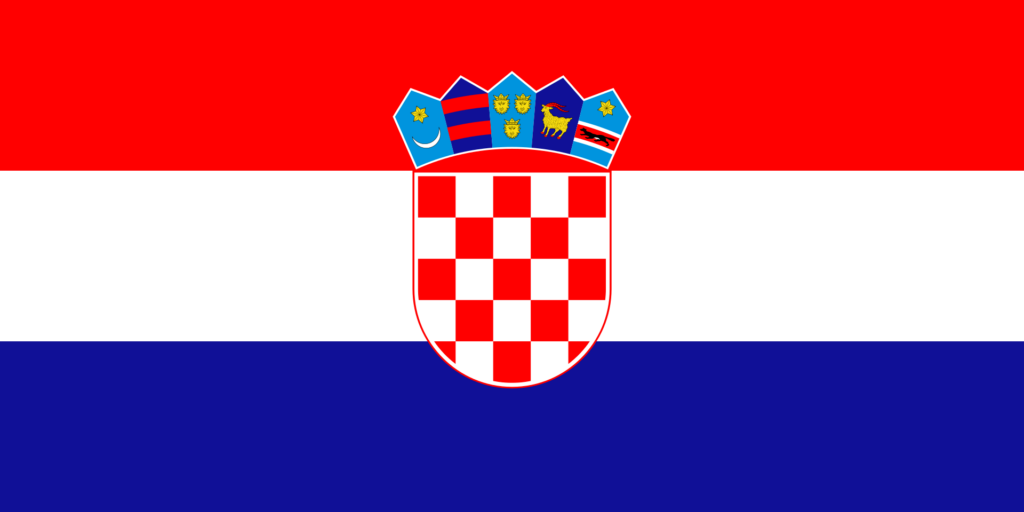
The flag of Croatia features a distinctive design, central to which is the iconic šahovnica, a red and white checkerboard pattern with deep historical roots. Above this, a crown of five smaller shields represents Croatia’s diverse regions, each symbolizing a unique aspect of the nation’s heritage.
Flag of Croatia: Color Palette
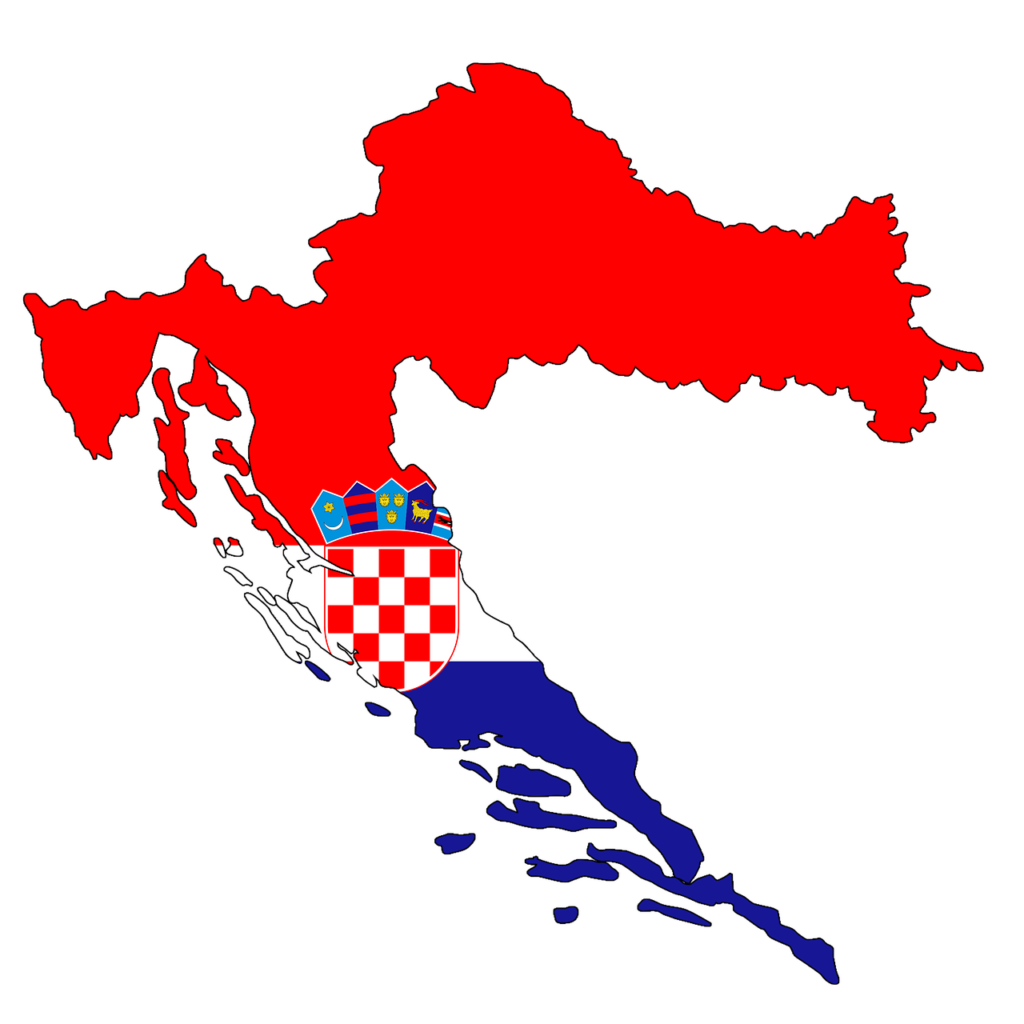
Croatia Flag Emoji: 🇭🇷
The color palette of the Croatian flag is both symbolic and visually striking, reflecting a blend of historical significance and culture. Each color chosen for the flag carries a distinct meaning, resonating with the nation’s past and present.
Meaning of Each Color
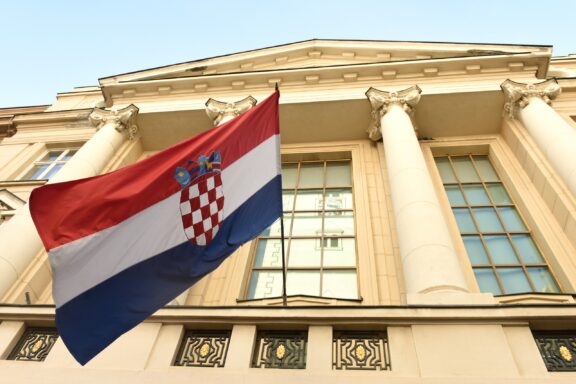
Red
Red, a color often associated with valor and bravery, symbolizes the strength and courage of the Croatian people. It reflects their resilience in the face of adversity and their willingness to fight for their independence and national rights throughout history.
White
White represents the desire of the Croatian people for harmony and unity, echoing their pursuit of a peaceful and prosperous future. White also symbolizes purity and integrity, reflecting the noble aspirations of the nation.
Blue
Blue stands for freedom, perseverance, and the infinite possibilities that lie ahead. It also represents the Adriatic Sea, integral to Croatia’s geography and history. Blue symbolizes the nation’s progress aspirations and connection to the Slavic community.
The Checkerboard (Šahovnica)
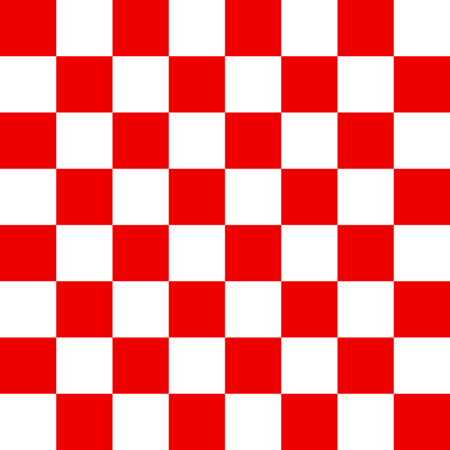
The šahovnica, or the red and white checkerboard, is a historic emblem of Croatia, dating back to the Middle Ages. It symbolizes the country’s long-standing sovereignty and its tumultuous history. This checkerboard pattern is deeply rooted in the Croatian nation, representing the country’s enduring spirit and cultural legacy.
The Crown of Shields
The crown of shields atop the Croatian flag symbolizes the harmony of Croatia’s diverse historical regions, each contributing to the nation’s rich heritage. This element underscores the harmonious blend of regional identities within Croatia.
Croatian Coat of Arms
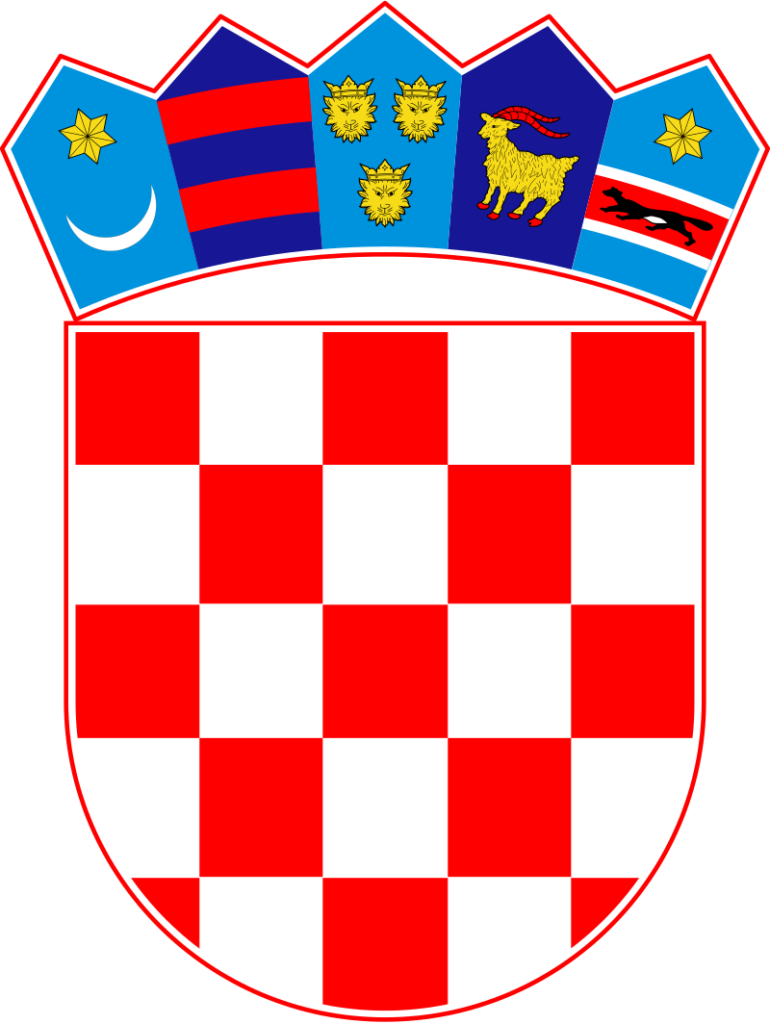
The colors within the coat of arms, including the red and white checkerboard pattern of the šahovnica, hold a special place in Croatia’s history. The checkerboard has been a national symbol since the Middle Ages, representing the historical regions and the Croatian people.
The smaller shields in the crown echo the colors of their respective regions, weaving a tapestry of Croatia’s diverse cultural and historical landscape.
Historical Evolution and the Meaning Behind Changes
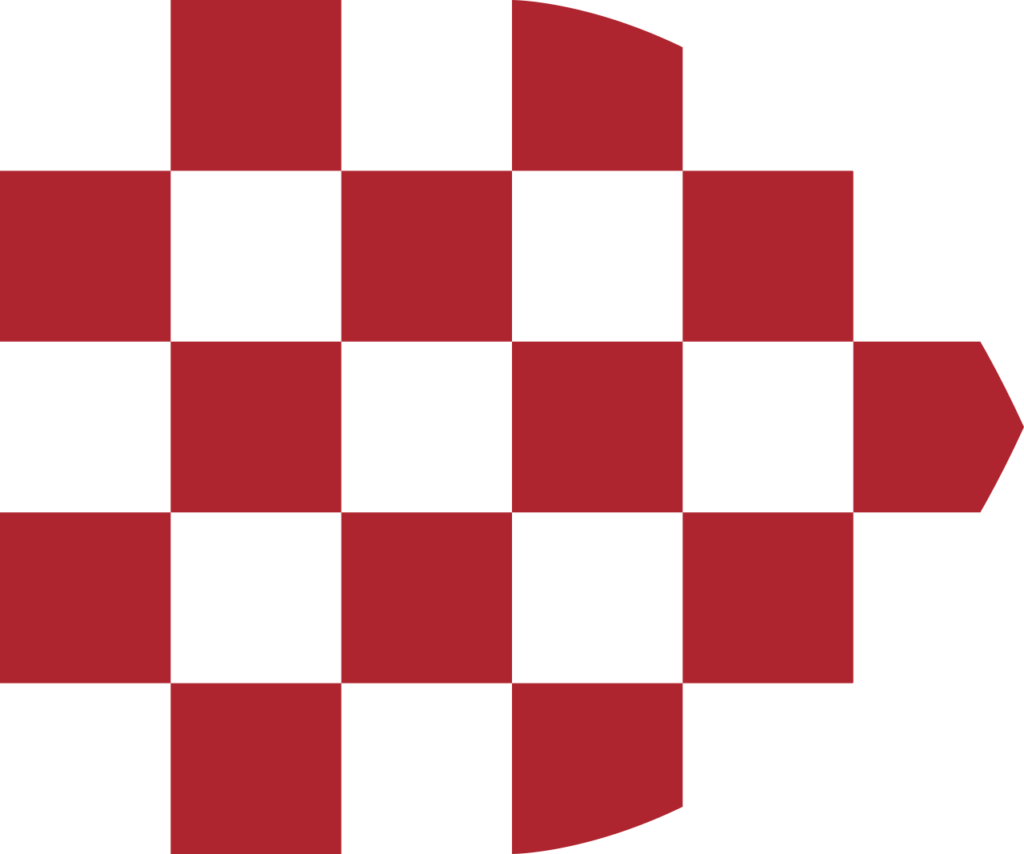
The Croatian flag has evolved alongside the nation’s history, from the enduring šahovnica pattern to the red, white, and blue tricolor, reflecting political and cultural identity shifts and aligning with broader Slavic harmony and autonomy aspirations.
The Croatian flag’s evolution from regional symbols to the modern tricolor mirrors the nation’s journey through history. The adoption of the red, white, and blue, influenced by Pan-Slavism, symbolizes Croatia’s connection with other Slavic countries and its quest for national character and self-governance.
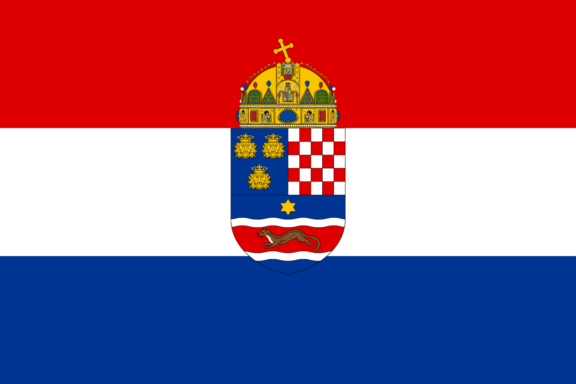
In the 20th century, Croatia’s flag reflected its status in Yugoslavia with additions like the red star. The early 1990s marked a return to traditional symbols, with the modern flag featuring the šahovnica and regional shields, symbolizing Croatia’s rich heritage and its journey towards sovereignty and self-identity.
Overall Symbolic Meaning of the Flag
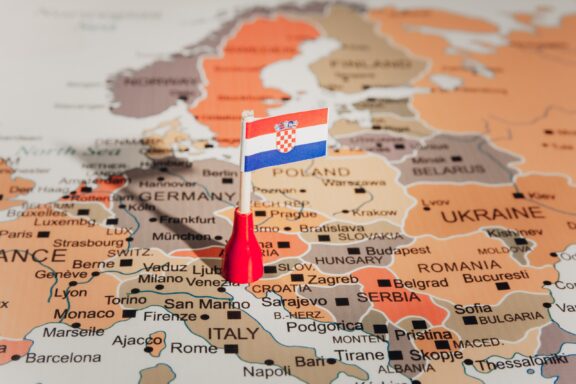
The Croatian flag symbolizes national unity and the enduring spirit of its people. Its design, featuring the historic šahovnica and regional shields, represents a deep respect for Croatia’s diverse heritage. The flag represents the nation’s resilience, bridging its rich past with a hopeful future, embodying Croatia’s collective identity and pride.
Similar Flags to the Flag of Croatia
Several flags worldwide resemble Croatia’s, reflecting shared histories or heraldic themes. Let’s explore the top flags similar to Croatia’s:
Serbia
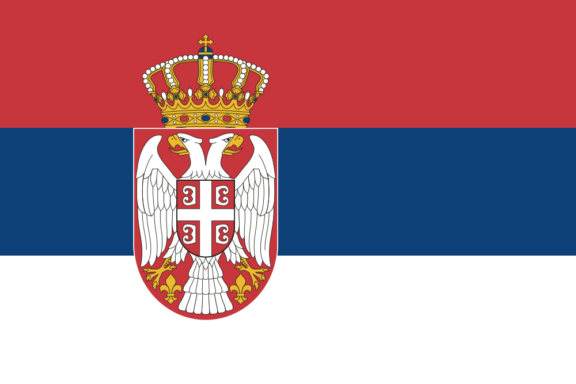
The flag of Serbia shares the Pan-Slavic colors – red, white, and blue – with Croatia’s flag. These shared colors signify a common cultural and historical background among Slavic nations, emphasizing their interconnected histories and cultural heritage.
Slovenia
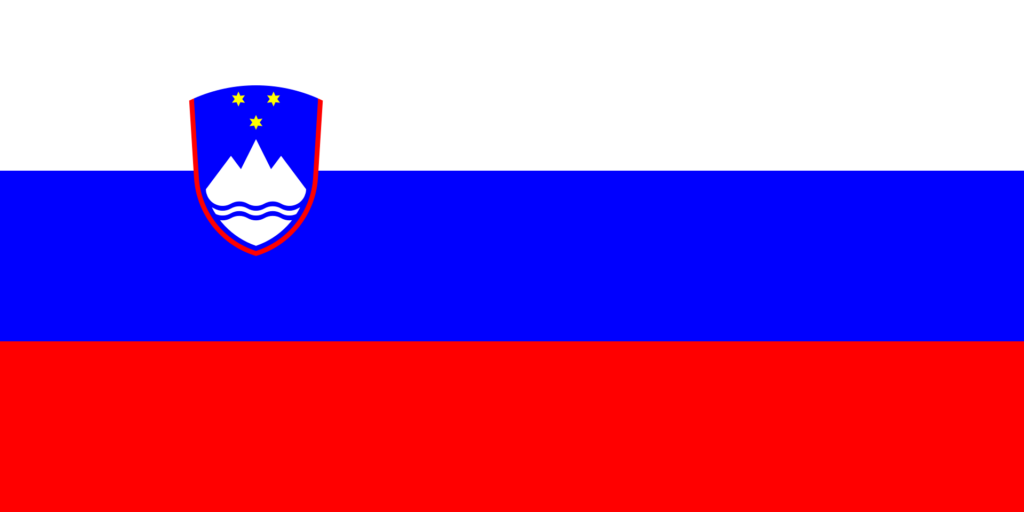
Slovenia’s flag also showcases the red, white, and blue color scheme, highlighting the shared Slavic heritage with Croatia. Despite different symbols, the common colors reflect a shared regional history and cultural ties within the Slavic community.
Slovakia
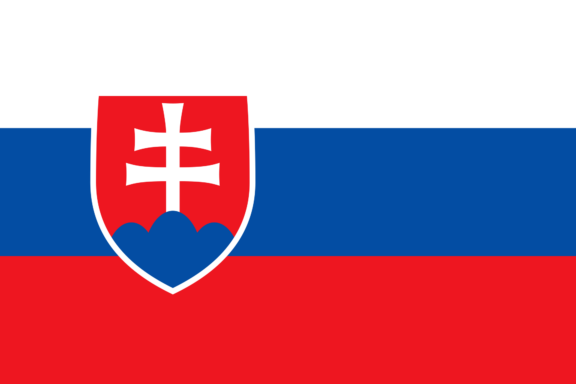
Similarly, Slovakia’s flag echoes the Croatian flag with the same color scheme, underlining the shared Slavic community connection. Though differing in design, the presence of a coat of arms creates a visual reference to the Croatian flag, emphasizing the shared historical and cultural narratives.
Conclusion
The Croatian flag embodies a rich tapestry of history and symbolism, marking its distinct place in the world’s flags. It represents not just national identity but a deep sense of pride and unity for Croatians, symbolizing their resilient spirit and heritage in a global context.
Image Sources and Copyright Information
- Croatian Flag in Front of Parliament Building: © Bumble Dee/Shutterstock
- Croatia Flag Pin on Map: © GR.Stocks/Shutterstock